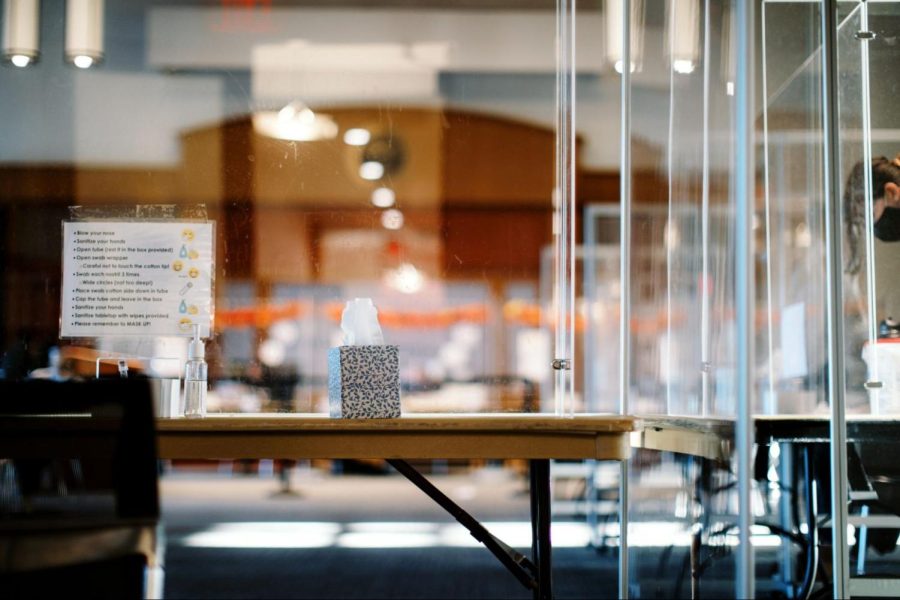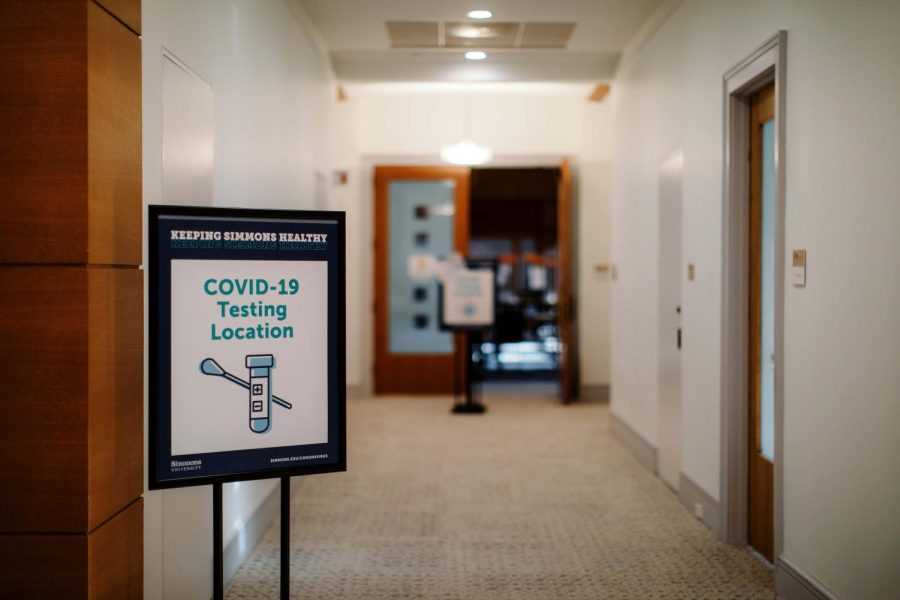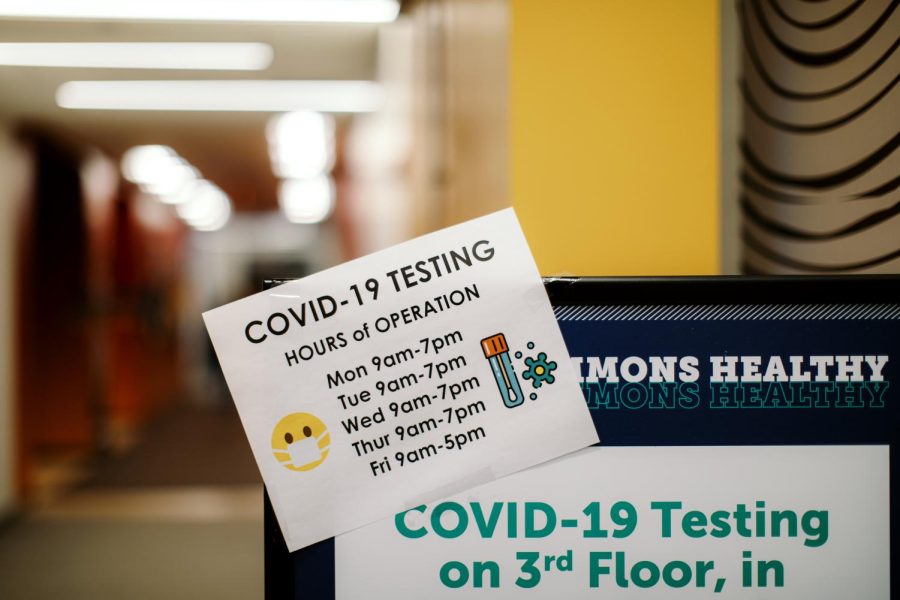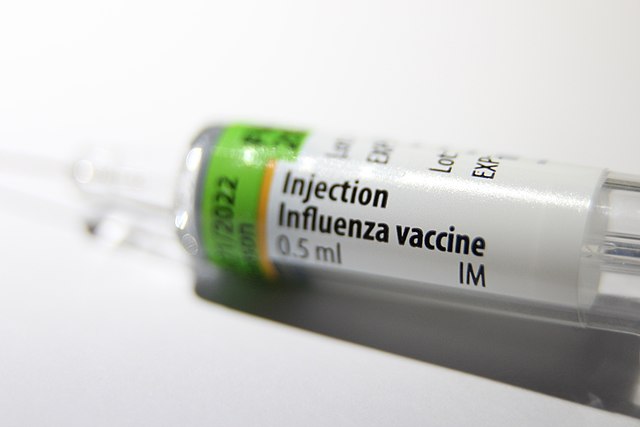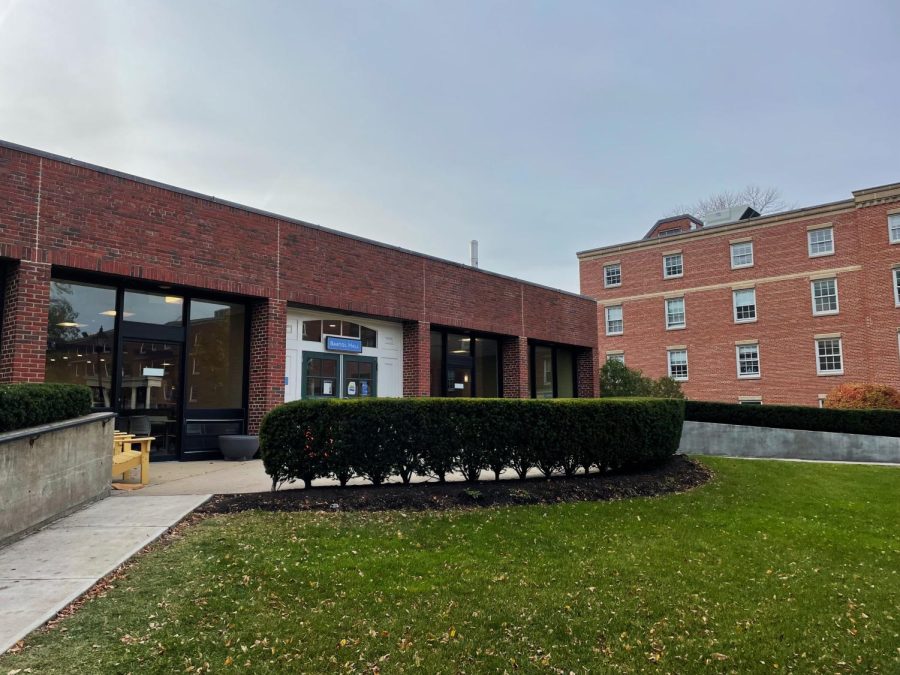By Shen Gao
Staff Writer
A bioengineering lab at Stanford University has developed a microscope that is compatible for use with a smartphone.

The lab, lead by Dr. Ingmar Riedel-Kruse, an assistant professor of bioengineering, is developing ways that could make bioscience learning more fun and interactive. This pioneering microscope invention allows users to experiment with light-loving microbes.
Named the LudusScope from the Latin word “ludus”—meaning “play”, “game”, or “elementary school”—the device is similar to a microscope, but it can be docked with a smartphone. It includes LED lights that can be controlled with a joystick. Because Euglena microbes are always seeking light, these lights can influence their swimming directions.
An app that goes along with this invention allows users to interact with individual microbes by simply tapping the phone screen. The user can then use the scale bars, speed readings, or grid overlay tools to further customize their interactive experience. Games on this app include “Pac-Man”, where the user can influence the direction an Euglena is going and watch it “eat up” balls in the maze, as well as a simulated soccer pitch where the user can influence an Euglena to “kick” a ball and score goals on a field.
In an interview with Live Science, Dr. Riedel-Kruse, the man behind the idea, offered that “the most important thing I think you can do as a teacher or parent is inspire. Get them excited—that’s almost more important than the actual content delivery.”
Riedel-Kruse went further to explain that the inspiration behind the initial idea for this invention was video games, because he was fascinated with the simulations that they were able to provide.
The designers of the team wanted to create a device that allowed users, especially children, to learn in an interactive way by playing and by building. The nature of the app allows for it to have functionalities that teach optics, fabrication, electronics, as well as programming. Riedel-Kruse said that this project also took ideas from the robotics field.
He comments that the life sciences “don’t yet have these cool tools or toys that you have more in the physical sciences and mechatronic fields,” and stated that “it’s something we want to address, and hope to inspire other people to do as well.”
The lessons in programming are incorporated in a biophysical model using the programming language Scratch, which is often used by children to facilitate a more fun and rewarding programming experience. This model features virtual microbes for which students can manipulate the variables, including speed and light sensitivity, in order to explore changes that might arise. They can also fit the model to their own data from observations.
Currently, this microscope system is open-source, which means that the source code is made freely available and that anyone may contribute to it or fix errors that may arise. Its entirety should cost $100 to make, or around $60 for those schools that have their own 3D printers. The lab at Stanford is also currently working to make it a ready-made kit for mass purchasing.














